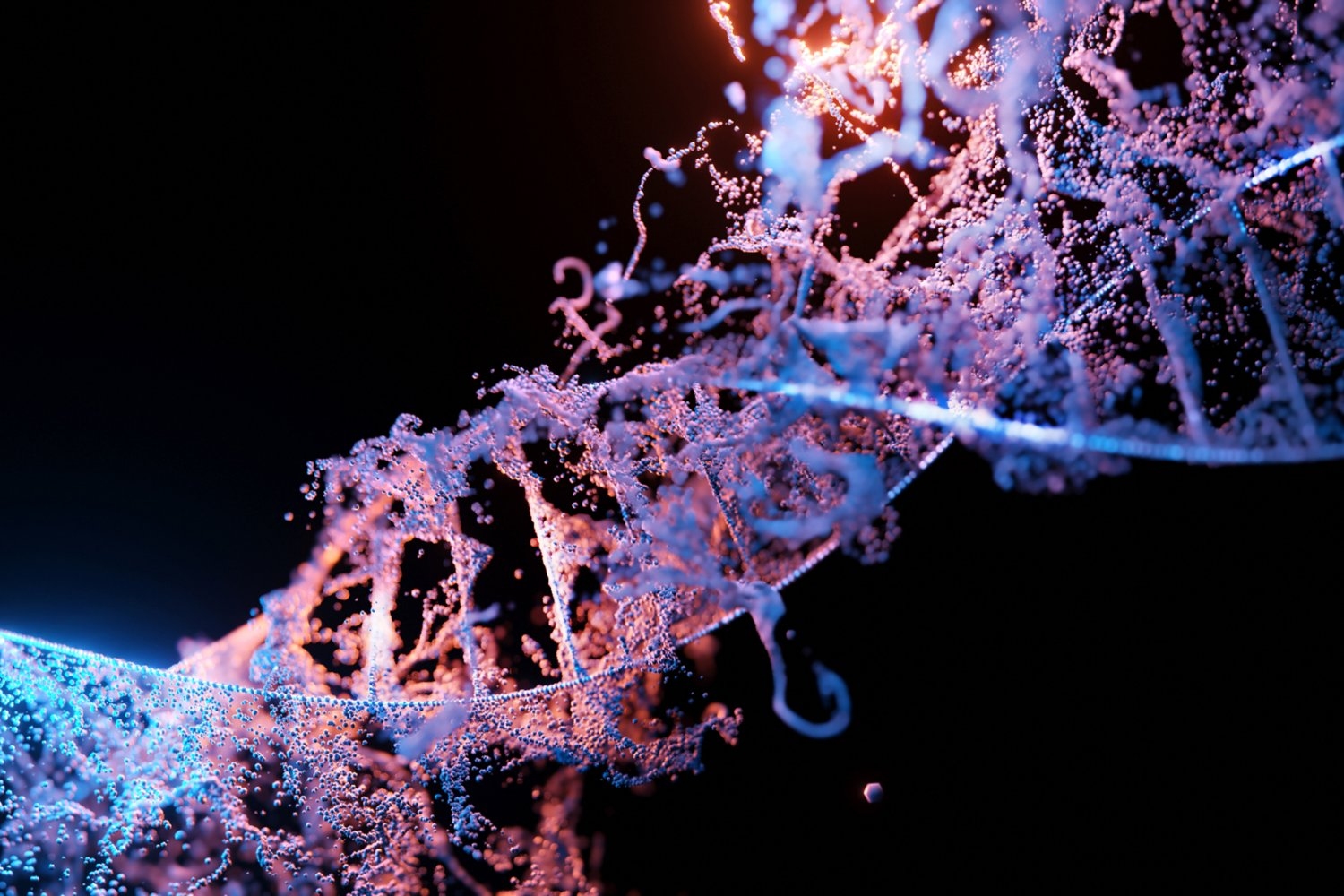
Is it potential to construct machine-learning fashions with out machine-learning experience?
Jim Collins, the Termeer Professor of Medical Engineering and Science within the Division of Organic Engineering at MIT and the life sciences school lead on the Abdul Latif Jameel Clinic for Machine Studying in Well being (Jameel Clinic), together with a lot of colleagues determined to deal with this drawback when dealing with an identical conundrum. An open-access paper on their proposed answer, referred to as BioAutoMATED, was published on June 21 in Cell Systems.
Recruiting machine-learning researchers is usually a time-consuming and financially expensive course of for science and engineering labs. Even with a machine-learning skilled, choosing the suitable mannequin, formatting the dataset for the mannequin, then fine-tuning it might dramatically change how the mannequin performs, and takes a whole lot of work.
“In your machine-learning venture, how a lot time will you sometimes spend on information preparation and transformation?” asks a 2022 Google course on the Foundations of Machine Studying (ML). The 2 decisions provided are both “Lower than half the venture time” or “Greater than half the venture time.” If you happen to guessed the latter, you’ll be appropriate; Google states that it takes over 80 % of venture time to format the information, and that’s not even considering the time wanted to border the issue in machine-learning phrases.
“It will take many weeks of effort to determine the suitable mannequin for our dataset, and this can be a actually prohibitive step for lots of parents that need to use machine studying or biology,” says Jacqueline Valeri, a fifth-year PhD scholar of organic engineering in Collins’s lab who’s first co-author of the paper.
BioAutoMATED is an automatic machine-learning system that may choose and construct an applicable mannequin for a given dataset and even deal with the laborious activity of information preprocessing, whittling down a months-long course of to only a few hours. Automated machine-learning (AutoML) methods are nonetheless in a comparatively nascent stage of improvement, with present utilization primarily targeted on picture and textual content recognition, however largely unused in subfields of biology, factors out first co-author and Jameel Clinic postdoc Luis Soenksen PhD ’20.
“The elemental language of biology relies on sequences,” explains Soenksen, who earned his doctorate within the MIT Division of Mechanical Engineering. “Organic sequences comparable to DNA, RNA, proteins, and glycans have the superb informational property of being intrinsically standardized, like an alphabet. A whole lot of AutoML instruments are developed for textual content, so it made sense to increase it to [biological] sequences.”
Furthermore, most AutoML instruments can solely discover and construct diminished varieties of fashions. “However you possibly can’t actually know from the beginning of a venture which mannequin might be finest in your dataset,” Valeri says. “By incorporating a number of instruments underneath one umbrella device, we actually enable a a lot bigger search house than any particular person AutoML device might obtain by itself.”
BioAutoMATED’s repertoire of supervised ML fashions consists of three varieties: binary classification fashions (dividing information into two lessons), multi-class classification fashions (dividing information into a number of lessons), and regression fashions (becoming steady numerical values or measuring the power of key relationships between variables). BioAutoMATED is even capable of assist decide how a lot information is required to appropriately prepare the chosen mannequin.
“Our device explores fashions which can be better-suited for smaller, sparser organic datasets in addition to extra complicated neural networks,” Valeri says. This is a bonus for analysis teams with new information that will or is probably not suited to a machine studying drawback.
“Conducting novel and profitable experiments on the intersection of biology and machine studying can price some huge cash,” Soenksen explains. “At present, biology-centric labs have to put money into vital digital infrastructure and AI-ML skilled human sources earlier than they will even see if their concepts are poised to pan out. We need to decrease these limitations for area specialists in biology.” With BioAutoMATED, researchers have the liberty to run preliminary experiments to evaluate if it’s worthwhile to rent a machine-learning skilled to construct a distinct mannequin for additional experimentation.
The open-source code is publicly accessible and, researchers emphasize, it’s simple to run. “What we might like to see is for folks to take our code, enhance it, and collaborate with bigger communities to make it a device for all,” Soenksen says. “We need to prime the organic analysis neighborhood and generate consciousness associated to AutoML methods, as a critically helpful pathway that might merge rigorous organic apply with fast-paced AI-ML apply higher than it’s achieved at present.”
Collins, the senior creator on the paper, can be affiliated with the MIT Institute for Medical Engineering and Science, the Harvard-MIT Program in Well being Sciences and Expertise, the Broad Institute of MIT and Harvard, and the Wyss Institute. Extra MIT contributors to the paper embody Katherine M. Collins ’21; Nicolaas M. Angenent-Mari PhD ’21; Felix Wong, a former postdoc within the Division of Organic Engineering, IMES, and the Broad Institute; and Timothy Okay. Lu, a professor of organic engineering and {of electrical} engineering and pc science.
This work was supported, partly, by a Protection Menace Discount Company grant, the Protection Advance Analysis Tasks Company SD2 program, the Paul G. Allen Frontiers Group, the Wyss Institute for Biologically Impressed Engineering of Harvard College; an MIT-Takeda Fellowship, a Siebel Basis Scholarship, a CONACyT grant, an MIT-TATA Middle fellowship, a Johnson & Johnson Undergraduate Analysis Scholarship, a Barry Goldwater Scholarship, a Marshall Scholarship, Cambridge Belief, and the Nationwide Institute of Allergy and Infectious Illnesses of the Nationwide Institutes of Well being. This work is a part of the Antibiotics-AI Mission, which is supported by the Audacious Mission, Flu Lab, LLC, the Sea Grape Basis, Rosamund Zander and Hansjorg Wyss for the Wyss Basis, and an nameless donor.


